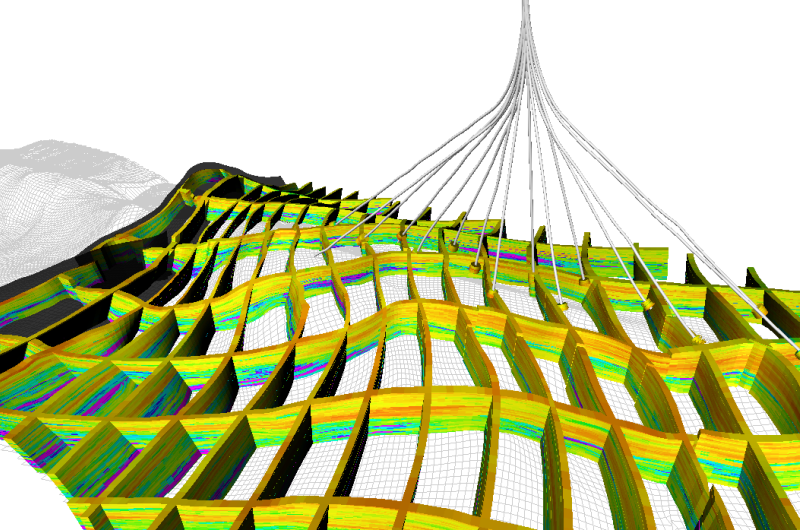Description
The seismic signal carries a large amount of information from the subsurface. Seismic attributes aim to assess this information for utilisation during reservoir characterisation. Reservoir geologists need to understand seismic attributes and integrate seismic amplitude behaviour into reservoir studies. This course covers those sets of attributes typically used for reservoir characterisation and indicates their application in reservoir modelling.
A nearly infinite number of seismic attributes is technically possible. Not all of them are meaningful, some are redundant, and other attributes work in specific situations only. The participant’s intuition for seismic amplitude will be trained systematically by starting from simple instantaneous attributes and evolving via amplitude versus offset methods to advanced seismic inversion studies.
Hands on real data exercises demonstrate how attributes relate to reservoir occurrence, rock and fluid properties and their heterogeneity. Examples include exploration scenarios and will link seismic and well data for quantitative interpretation. In modern reservoir characterisation, which aims for complete data integration, validated attributes are key to understanding the inter-well space.
Course Level: Skill
Duration: 5 days
Instructor: Wilfried Gruber

Designed for you, if you are...
- A geoscientist (all disciplines) who is exposed to reservoir description, characterisation and modelling
How we build your confidence
- The methodologies presented are aimed to the point where seismic is incorporated into the geoscience workflow.
- The course format contains theory, example cases from field studies and literature.
- In practical examples you will use seismic attribute software to apply the methods taught, strengthen the knowledge gained, and set the basis for a maximum of seismic data integration in upcoming projects.
- Throughout the course, the level of detail in viewing the reservoir increases. It starts with seismic attributes giving field scale trends, moves on to integrating well data for resolving local features and finally embarks on statistical methods to be utilised on meter scale grid models.
The benefits from attending
By the end of the course you will feel confident in your understanding of:
- The logic, underpinning assumptions and limitations of seismically derived information
- How to select the seismic attribute required for a specific task
- The applications of seismic data in a reservoir characterisation workflow
- The benefits of data integration
Topics
- Seismic attributes and attribute combinations
- Link well and seismic information
- Attribute analysis and validation
- AVO and fluid replacement analysis
- Seismic inversion and the use of inversion results
- Workflows for integration of attributes in reservoir modelling
Customer Feedback
"I liked the way the course was structured and how the instructor was driving it. Well done!" - Geophysicist at Dragon Oil
"Clearly structured arrangement of the course. Even difficult equations were explained by simple words." - Senior Geoscientist
"I liked the course as a whole. The material is well prepared, easy to follow, focusing on important issues." - Exploration Geophysicist